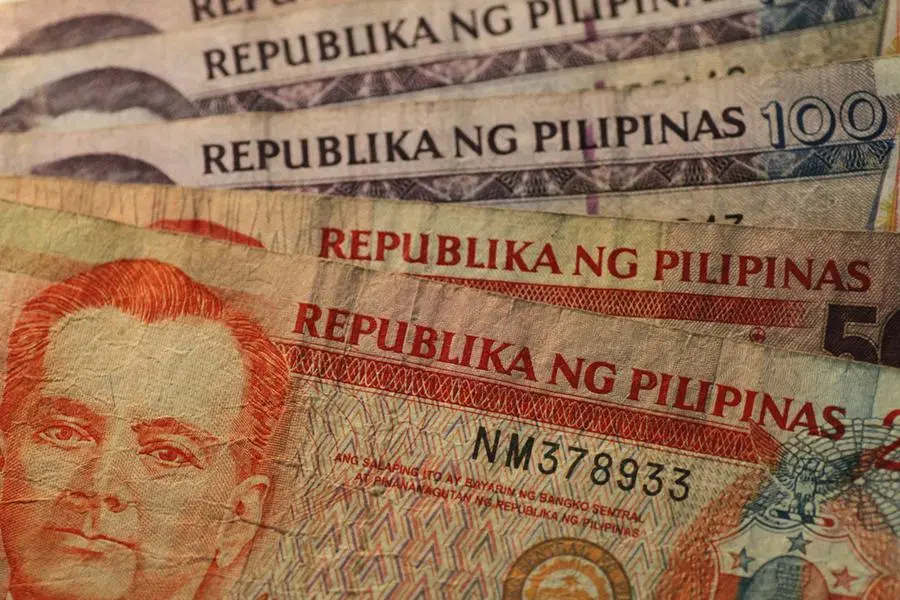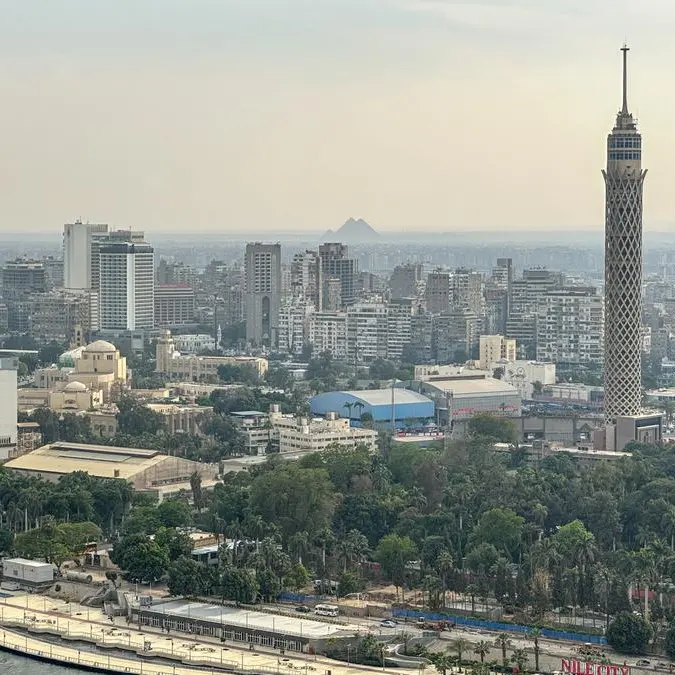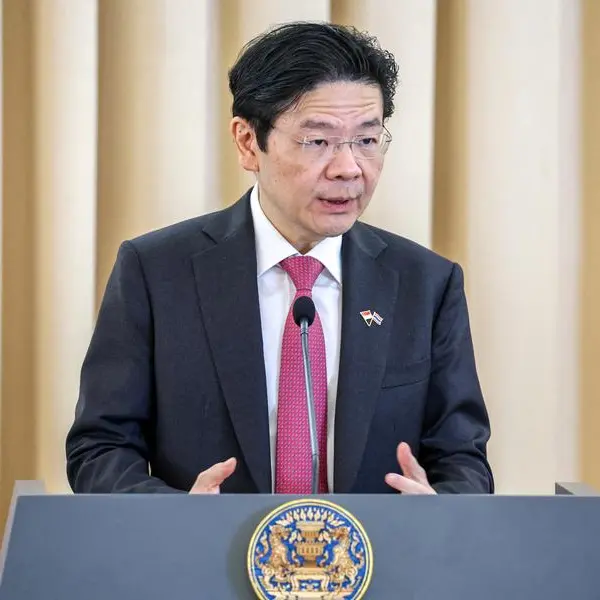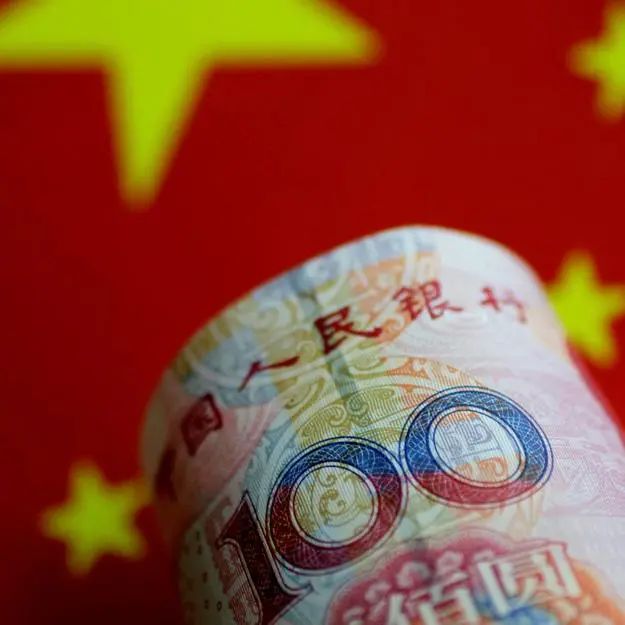PHOTO
The peso may weaken significantly against the dollar if the Bangko Sentral ng Pilipinas (BSP) decides to cut borrowing costs at its next meeting in August, according to an economist.
Shi Cheng Low, country risk analyst at BMI Country Risk and Industry Research, said an early rate cut is 'out of the question' even amid easing price pressures in the Philippines.
'The downside of (rate cuts) is obviously currency stability. Right now, the peso is very near the 59 to $1 level mark and this is the level that (BSP) defended in 2022, and the BSP has been actively intervening during the time,' he said.
'But let's just say they cut (interest rates) in August, I'm pretty sure (the peso is) going to breach the 59 to $1 level mark and possibly reach 60 to $1,' he said, adding that currency stability will be the biggest constraint in policy easing moving forward.
BSP Governor Eli Remolona Jr. has been hinting of a possible 25-basis-point rate cut on Aug. 15 as the current restrictive rate environment could 'overdo' in quelling demand and may lead to 'unnecessary' loss of output.
This was after the Monetary Board hiked borrowing costs by 450 basis points from May 2022 to October 2023 to tame inflation and stabilize the peso, bringing the key interest rate to 6.5 percent.
The last time the central bank cut rates by 25 basis points was when it brought down the key rate to the record low of two percent in November 2020 amid the COVID-19 pandemic.
'With a rate cut in August, the BSP is practically signaling that they are giving up currency stability in exchange for economic growth,' Low said.
He said that currently, economic growth in the Philippines is being slowed down by investment and private consumption. If the BSP does cut rates in August, monetary transmission will go through and investments may pick up in the fourth quarter, supporting the economy.
'If they cut in October, then it might be slightly too late for its impact to materialize this year at the very least,' he said.
However, he noted that the Philippine peso has emerged as one of the poorest performing currencies in the region. Thus, it is crucial for the BSP to be mindful not to add more depreciation pressures in the already weak peso.
'This feeds into our expectations for the BSP to embark on its first cut only in October at the earliest, adjusting its policy in concert with the US Fed. We are expecting 50 basis points worth of cuts in 2024 and 150 basis points in 2025,' Low said.
He also said that at 3.7 percent in June, inflation is still near the BSP's upper bound target of four percent.
The recently announced rice tariff cuts could lower headline inflation by up to 1.3 percentage points over the coming months, he said, but it will take some time before its full impact feeds through rice prices.
Copyright © 2022 PhilSTAR Daily, Inc Provided by SyndiGate Media Inc. (Syndigate.info).





















